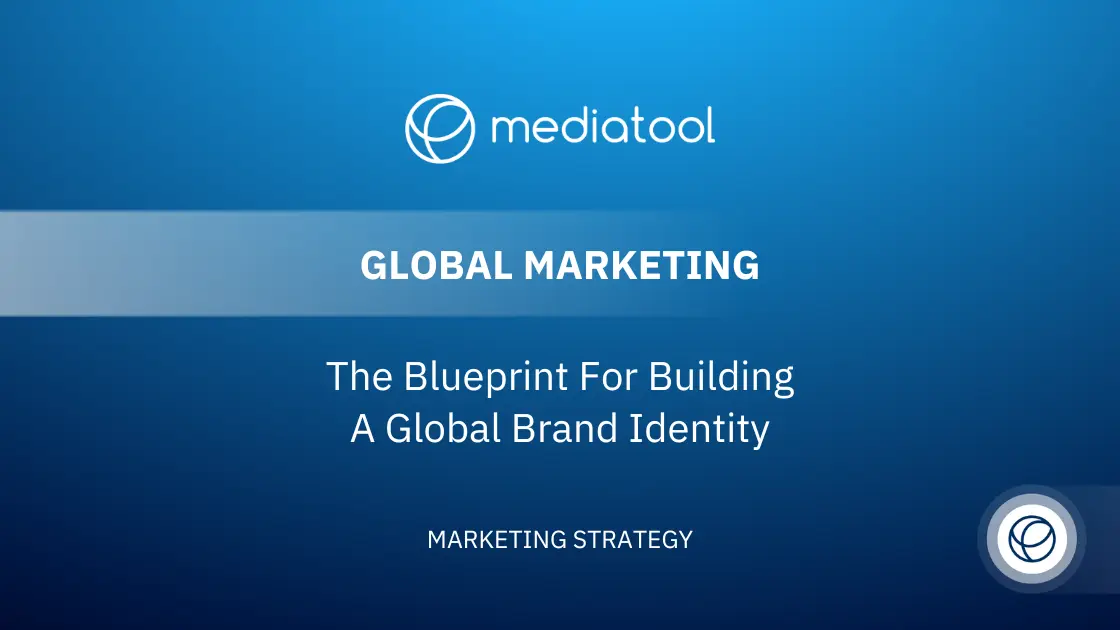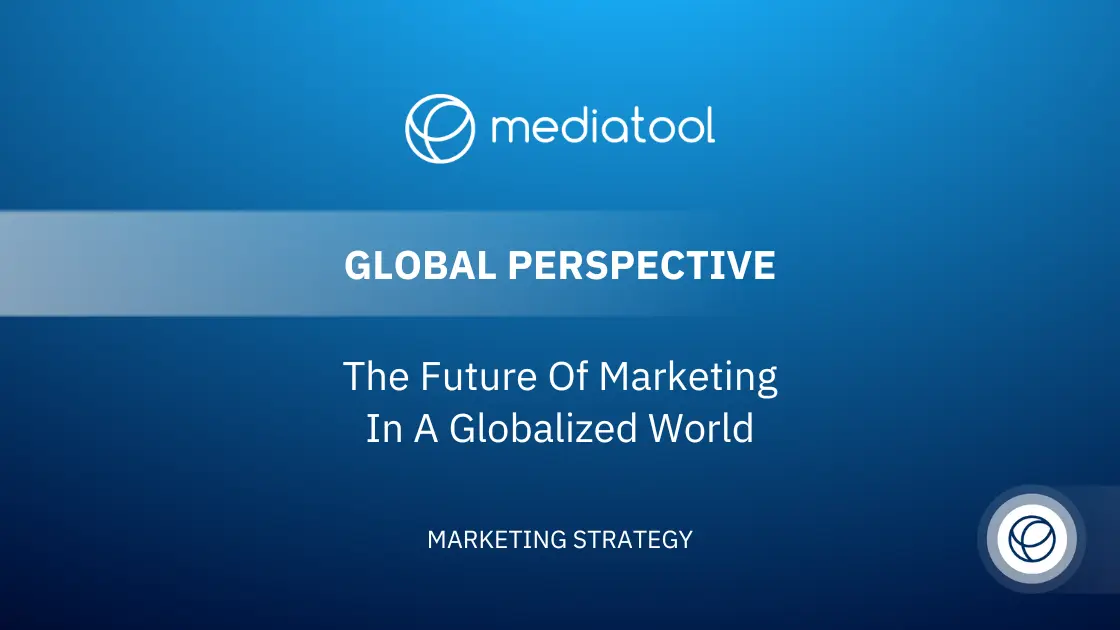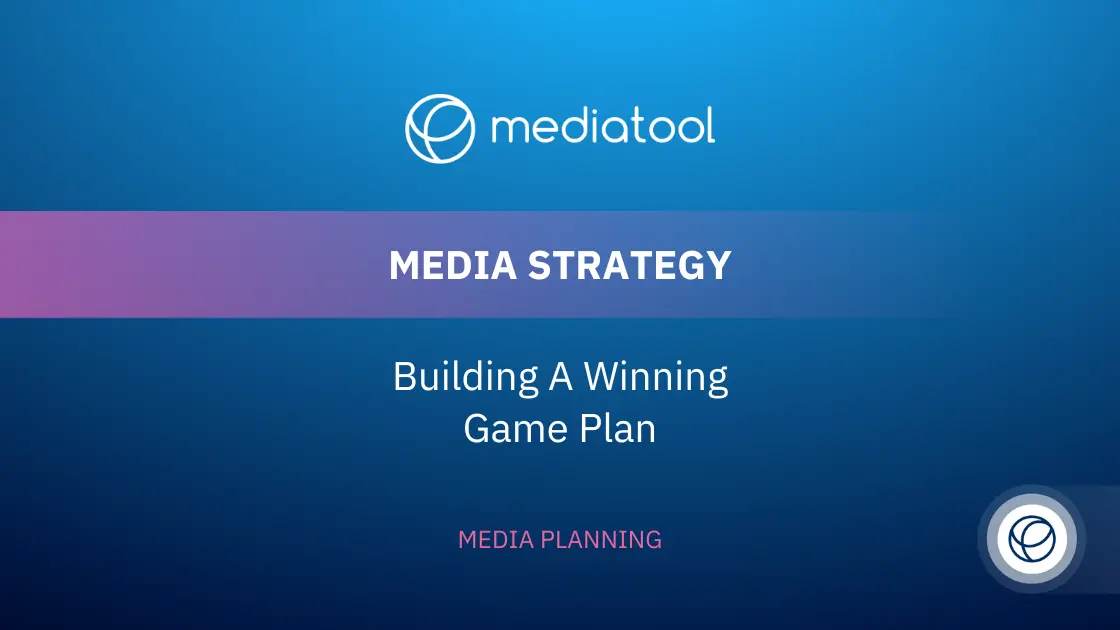Let’s get straight to the point about ad campaigns: they’re essential for promoting your business and attracting attention. In today’s digital world, the competition is fierce, and capturing the interest of your target audience is more challenging than ever.
This article is here to help, offering clear and straightforward advice on creating successful ad campaigns. We aim to guide you through the process, ensuring your advertising messages reach your audience and resonate with them effectively.
We’ll cover various aspects of advertising, from social media and print ads to video content. The goal is to communicate directly and effectively with your intended audience, keeping current trends and the preferences of your target market in mind.
What is an Ad Campaign?
An ad campaign is a bunch of related ads that all push the same message or idea. It’s like pieces of a puzzle, and when you put them all together, they create a clear picture of what the brand is trying to say. The aim? To engage and win over your target audience.
So here’s the deal: by 2026, we’re looking at a whopping 836 billion dollars being poured into global ad spending. That’s huge, right? It just shows how much businesses are willing to invest in getting their message out there.
How does this all start? Well, brands pick up on something – a gap, a need, or a feeling they want to tap into. They build a story around it, choosing the right tone, visuals, and platforms to get the message across. And speaking of platforms, not all ads fit everywhere. You’ve got to match your message to the right spot, be it a video ad, a print ad, or a social media post.
Consistency is crucial, but a little tweaking here and there for different platforms? Totally fine. As long as the main message stays the same, you’re golden. And what really sets ad campaigns apart? They’re not just ads thrown out randomly. Every piece is carefully placed, all working towards one common goal. It could be launching a new product or just bringing back some nostalgia with a classic.
Brands are also pretty smart about getting feedback. They watch how we react to ads and adjust their strategies accordingly. So, when you see a different version of an ad, know that it’s the brand tweaking things to better connect with us.
So, that’s the deal with ad campaigns. They’re calculated, strategic, and all about making that connection with the audience. Whether through a print ad, a social media post, or a video ad, the goal is to get the message across and make it stick.
Objectives of Ad Campaigns
Let’s jump straight in and unravel the real reasons behind brands investing time and money in those eye-catching ads you see everywhere. It’s not all about aesthetics; there’s a lot more brewing beneath the surface.
Awareness: Making a Mark
First Impressions and Brand Identity:
In creating a successful advertising campaign, it’s crucial for brands to establish a strong first impression. This involves highlighting the brand identity through various mediums such as print advertising and social media advertising. A great example is the California Milk Processor Board’s “Got Milk?” campaign, which over two decades has left a memorable mark in the world of advertising.
Standing Out and Addressing the Target Audience:
A powerful message is essential in ensuring an advertising campaign cuts through the noise of the market. Brands need to conduct thorough research to understand their target audience and design campaigns that appeal directly to them, ensuring a clear message is conveyed.
Consideration: Building a Connection
Benefits, Features, and Marketing Strategy:
Once awareness is established, the next advertising campaign should focus on the consideration phase, elaborating on the product’s or service’s benefits and features. This requires a well-thought-out marketing strategy, possibly integrating digital marketing techniques to reach specific audiences with a tailored message.
Engaging Content and Social Media Marketing Campaign:
Engaging content, possibly through a social media marketing campaign, is vital in maintaining the audience’s interest. Brands might create video ads or print ads that tell an inspiring story, like the De Beers’ diamond engagement ring campaign that embedded diamonds in twentieth-century pop culture.
Conversion: Sealing the Deal
Strong Calls to Action and Advertising Strategy:
To move customers from consideration to conversion, a strong call to action backed by a robust advertising strategy is required. Brands should create ads that guide the customer to the next step, whether it’s making a purchase or signing up for more information.
Building Trust and Showcasing Success:
Trust factors, such as customer testimonials or product guarantees, should be highlighted in the campaign. This not only builds trust but also showcases the success and credibility of the brand or product, ensuring that the advertising campaign resonates on a deeper level with the audience.
Loyalty: Fostering a Lasting Relationship
Rewarding Loyalty and Engaging After Sales:
Post-conversion, the focus of the marketing campaign shifts to fostering loyalty. This could involve rewarding customers through loyalty programs or engaging with them after sales to ensure satisfaction. Brands like Coca-Cola have successfully maintained market share and customer loyalty through consistent and engaging advertising campaigns over the years.
Long-term Engagement and Building Emotional Connections:
The ultimate goal of successful marketing campaigns is to create a lasting relationship with the customer. This requires continuous engagement and efforts to connect emotionally, ensuring the brand remains top-of-mind for the consumer.
From the initial awareness stage to fostering long-term loyalty, successful ad campaigns require a strategic approach, deep understanding of the target market, and the ability to connect with the audience on both a practical and emotional level. Whether it’s through memorable ads, powerful messaging, or engaging content, the objective is to not just sell a product or service, but to create a lasting relationship with the consumer.
Types of Ad Campaigns
Get ready for a detailed exploration of various ad campaign types, each with its unique purpose and approach. Today, advertising is diverse, offering different strategies to reach specific audiences and achieve varied objectives. Here’s an in-depth look at each type.
Brand Campaigns: Establishing Identity
Broad Focus and Brand Identity: Brand campaigns are like the flag bearers in advertising, emphasizing the overall brand rather than individual products or services. They aim to communicate the brand’s core values and identity, often using emotional connections to create memorable ads that resonate with the audience on a deeper level.
Emotional Engagement: These campaigns strive to establish a strong emotional connection with the audience, often leaving a lasting impression that transcends the advertisement. Successful marketing campaigns of this nature contribute significantly to building the brand’s market share.
Direct Response Campaigns: Encouraging Immediate Action
Clear Calls to Action and Ad Strategy: Direct response campaigns drive immediate engagement. They employ clear and compelling calls to action, urging the audience to act swiftly. This could be part of a larger advertising strategy, incorporating limited-time offers or exclusive promotions to create a sense of urgency.
Measurability and Optimization: These campaigns are highly trackable, allowing advertisers to monitor interactions and conversions in real time. This data is crucial for optimizing the campaign’s performance, ensuring that the ad strategy effectively drives sales and engagement.
Product Launch Campaigns: Introducing New Offerings
Educational Content and Marketing Strategy: When a company introduces a new product or service, product launch campaigns come into play. These campaigns focus on educating the audience about the unique features and benefits of the new offering. A well-crafted marketing strategy will highlight what sets the product apart, using print ads, digital marketing, and possibly video ads to reach the target market.
Building Anticipation and Brand Success: To generate buzz and anticipation, brands might employ teasers or sneak peeks, creating a sense of excitement around the product launch. A successful product launch campaign can be pivotal in the product’s initial success and market penetration.
Awareness Campaigns: Spreading the Word
Highlighting Important Issues and Social Responsibility: Awareness campaigns shed light on significant issues, ranging from health and wellness to social and environmental concerns. These campaigns are less about promoting a specific product and more about aligning the brand with societal values and causes, contributing to the brand’s identity and reputation.
Inspiring Action and Change: The ultimate goal of awareness campaigns is to drive societal or behavioral change. Whether encouraging positive health practices or promoting environmental responsibility, these campaigns aim to make a meaningful impact, often leveraging the power of social media and content marketing to reach and inspire specific audiences.
Retargeting Campaigns: Rekindling Interest
Personalized Ads and Digital Marketing: Retargeting campaigns play a unique role in the advertising landscape, aiming to re-engage individuals who have previously interacted with a brand or product. By using personalized ads, often in the form of display ads or social media advertising, these campaigns create a customized experience that reminds the consumer of what they viewed or interacted with, encouraging them to complete a purchase.
Increased Conversion Rates and Campaign Efficiency: Research shows that retargeting campaigns are highly effective, significantly increasing the likelihood of conversion. By creating perfectly timed reminders and personalized messages, these campaigns demonstrate their efficiency, ultimately contributing to the brand’s success.
Visitors who get retargeted through display ads have a 70% higher probability of converting on a retailer’s site. This approach proves its efficiency by tipping the scales in favor of the retailer, bringing potential customers back to complete their purchases.
6 Tips to Launch A Successful Advertising Campaign
Hold onto your hats, marketing aficionados! Planning to launch an ad campaign that’s not just a flash in the pan but a blazing comet? You’re in the right spot. Here are some rock-solid tips to ensure your campaign soars rather than snores. Ready, set, launch!
1. Know Thy Audience
Before you even think about crafting your message, ask yourself, “Who am I talking to?”
- Detailed Profiles: Ditch the generic! Dive deep. Are you targeting tech-savvy millennials or eco-conscious Gen Z? The message differs; trust us!
- Feedback Loops: Keep those ears to the ground. Listen to your audience’s feedback, adapt, and tailor your campaign accordingly.
2. Set Clear Objectives
No one likes a headless chicken run. Know your goals!
- Quantifiable Goals: Instead of “I want more website visitors,” how about “I aim for a 20% increase in website traffic in 2 months.” Precision is key.
- Flexible Strategy: While having a game plan is crucial, be ready to pivot if something’s not working. Rigidity is the enemy of creativity.
3. Uniqueness is Gold
In a sea of sameness, be that dazzling unicorn.
- Brand Voice Consistency: While jumping on every trending bandwagon is tempting, ensure it aligns with your brand voice. Authenticity breeds trust, and 86% of consumers gravitate towards brands that project a genuine image.
- Break Stereotypes: The most memorable campaigns often break the mold. Don’t be afraid to think outside the proverbial box.
4. Choose Platforms Wisely
Not all messages suit all platforms. A TikTok video might not resonate on LinkedIn and vice versa.
- Audience Demographics: Research where your target audience hangs out. Don’t pour all your budget into print media if they’re binge-watching YouTube.
- Multi-Platform Integration: Use different platforms in harmony. Maybe start a story on Instagram and continue it on your website.
5. Monitor & Adapt
The launch is just the beginning. The real game is tweaking and refining.
- Analytics are Your BFF: Use tools to track metrics. Are people engaging with your ads? Which ones are the most popular? Dive deep into the data. Currently, 61% of businesses are utilizing social listening systems, keeping a watchful eye on keyword mentions—join the trend.
- Iterative Process: Think of campaigns as clay sculptures. Mold, shape, and refine based on feedback until it’s a masterpiece.
6. Invest in Quality Content
Quality trumps quantity, whether it’s a video, graphic, or written content. Always.
- Professional Touch: Consider investing in professional photographers, writers, or videographers. The polish they add can make a world of difference.
- Engaging & Relevant: Quality isn’t just about aesthetics. Ensure your content resonates with your audience and keeps them engaged.
Amidst the ever-evolving landscape of advertising, digital mediums continue to gain traction. Digital ad spend growth will amount to 10.5% this year, emphasizing the shifting preference of brands towards online platforms. As many consumers spend more time online, it’s evident that brands are realizing the potential of digital avenues to reach their target audience.
Successful advertising campaigns aren’t just about flashy graphics or catchy jingles. It’s a delicate dance of strategy, creativity, and continuous learning. Keep these tips in your toolkit, and you’re well on your way to crafting campaigns that not only shine but leave a lasting impact.
Some of The Best Advertising Campaigns
Okay, folks, let’s take a walk down memory lane! Ever seen an ad that made you laugh, cry, or straight-up say, “Woah, that was brilliant!”? We’ve all been there. Let’s toast to some ad campaigns that didn’t just sell products but became a part of our culture. Ready to reminisce?
1. Dos Equis’ “The Most Interesting Man in the World”
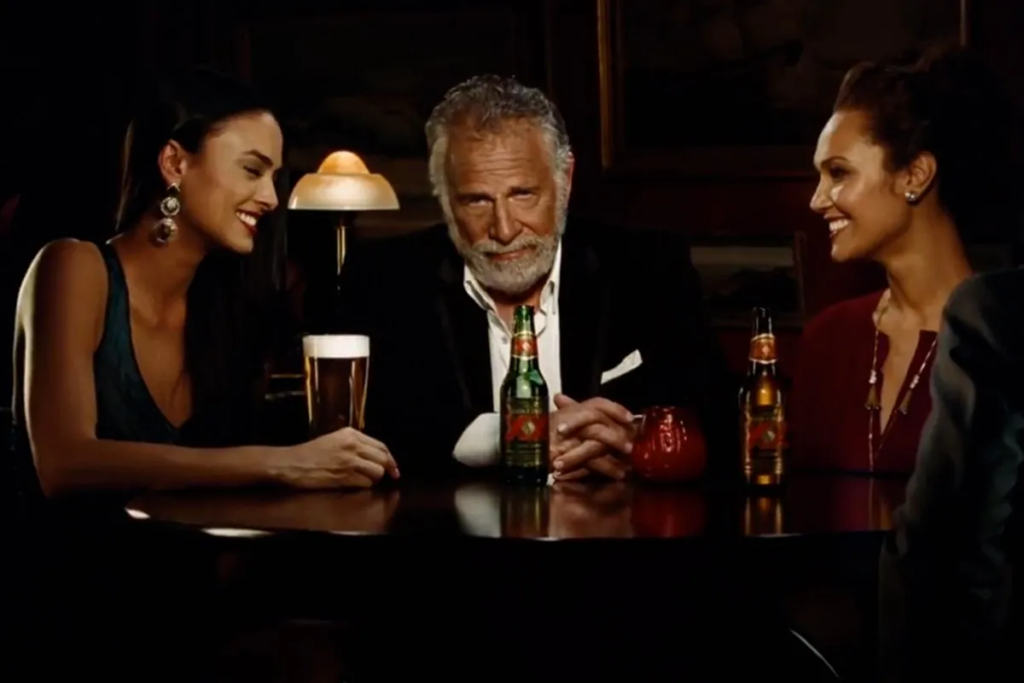
- The Scene: An older, suave gentleman living an extraordinary life, all while sipping a Dos Equis beer.
- Impact: It redefined coolness, made Dos Equis a household name, and left us with the unforgettable sign-off: “Stay thirsty, my friends.”
2. Coca-Cola’s “Share a Coke”

- The Concept: Replacing the iconic logo with people’s names? That’s bold. Yet, Coke did it. The idea? Making each can personal and sharable.
- Impact: Suddenly, everyone was hunting for a Coke can with their name or a friend’s. It wasn’t just a drink; it was an experience.
3. Dove’s “Real Beauty”
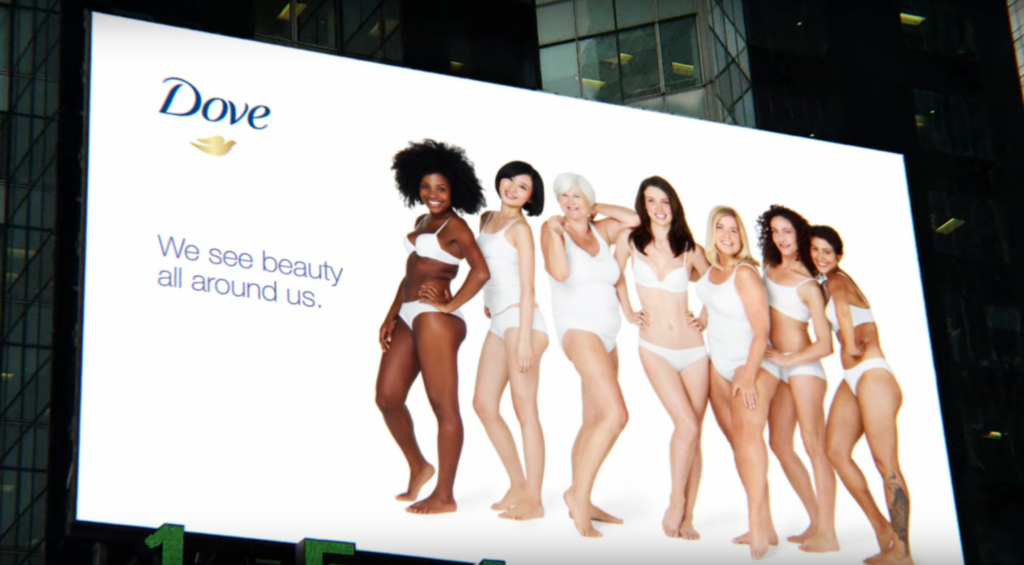
- The Message: Beauty isn’t just about supermodels. It’s about every shape, size, and color. Real people, authentic beauty.
- Impact: It sparked conversations worldwide. Beauty standards were challenged, and inclusivity became the talk of the town.
4. Old Spice’s “The Man Your Man Could Smell Like”

- The Scene: A man transitioning from a shower to a boat to riding a horse, all while promoting a body wash? Hilarious and unexpected!
- Impact: The ad went viral, redefining what virality meant. It wasn’t just an ad; it became a meme, a joke, a cultural reference.
5. McDonald’s “I’m Lovin’ It”
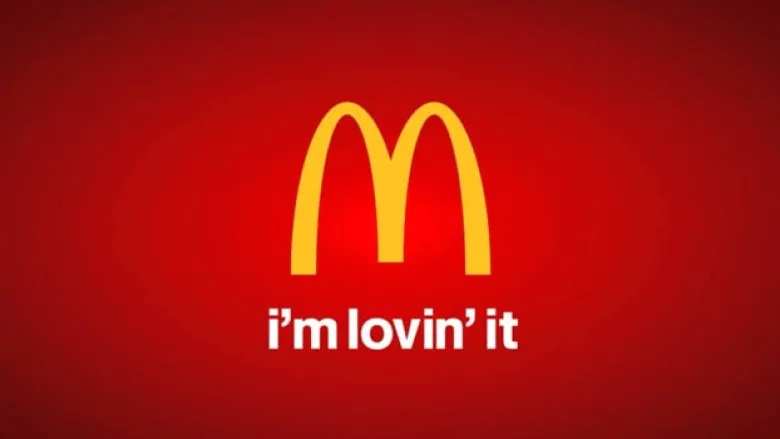
- The Tune: Ba da ba ba ba! You sang that in your head, didn’t you? That’s the power of a catchy jingle.
- Impact: The campaign infused youthful energy into McDonald’s brand, making it relatable and cool again. And that jingle? Forever iconic.
Why Were They Successful?
These campaigns weren’t just about selling products; they tapped into emotions, societal shifts, and cultural pulses. They asked questions, made bold moves, and, most importantly, connected with the audience.
- Innovative: These campaigns often broke the mold, offering a fresh perspective or approach.
- Relatable & Memorable: They didn’t talk at the audience; they spoke to them, creating messages that resonated and stuck around.
- Emotionally Charged: Whether it was humor, nostalgia, empowerment, or joy, these campaigns evoked strong emotions.
So, next time you’re brainstorming for that killer ad campaign, maybe take a page from these legends. What made them tick? How did they connect? And most importantly, how can you create the next ad that folks will talk about for decades to come? Challenge accepted? Go for it!
Conclusion
A great advertising campaign is the backbone of branding and marketing. We’ve explored how they work, their goals, and the various types out there. From building brand identity to maintaining customer loyalty, each campaign type has a unique aim and approach, be it raising awareness, driving immediate action, or reintroducing a product. Success hinges on understanding your audience, setting clear goals, being unique, adapting as needed, investing in quality content and having a simple message.
With the digital world taking center stage, brands must stay nimble to connect effectively. In short, ad campaigns mix creativity and strategy to grab attention and build lasting bonds with consumers, making them essential in today’s dynamic marketing world.


